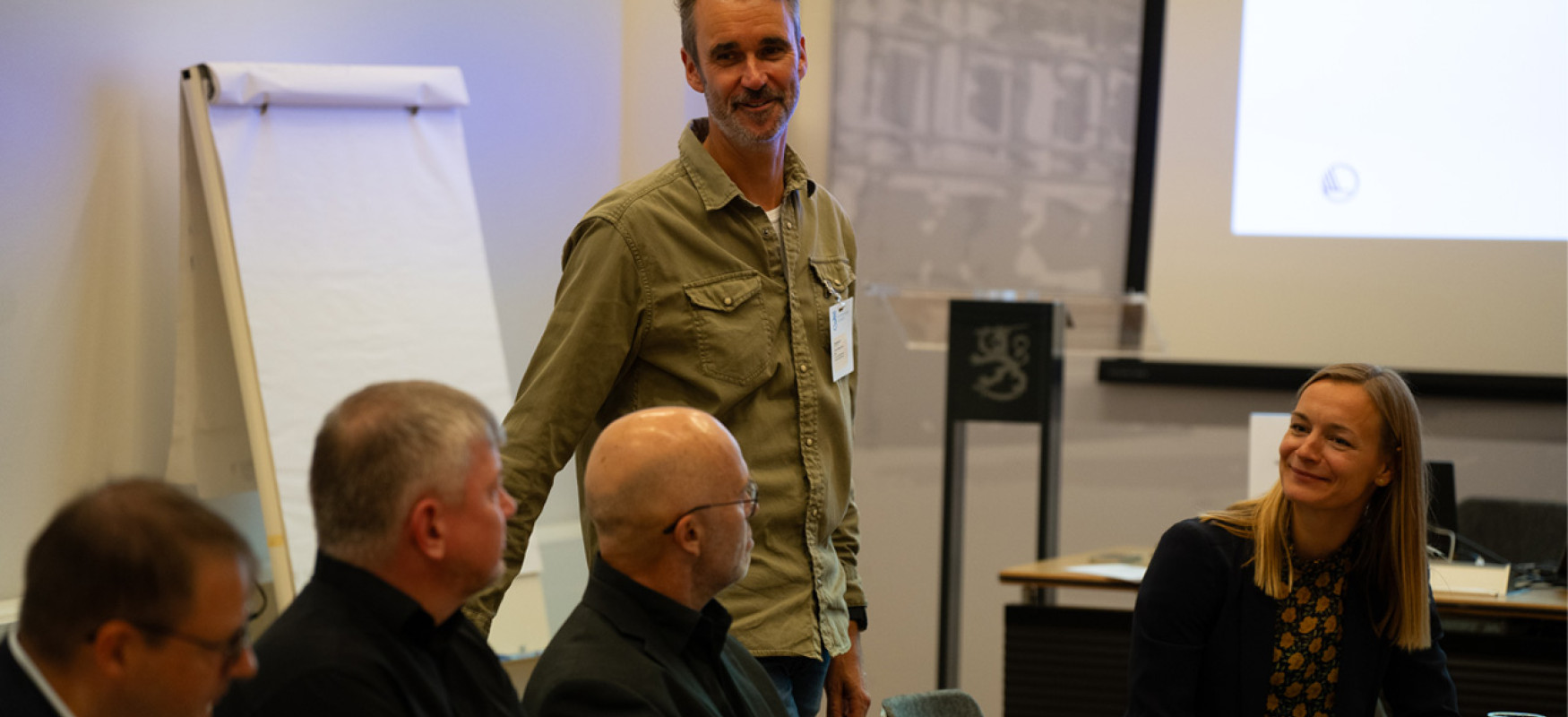At the heart of our urban landscapes lies an industry that silently contributes to a significant portion of global pollution – the construction sector. As one of the most resource-intensive industries, it holds immense potential for change.
As such, Helle Redder Momsen, leader of the Secretariat for the Nordic Sustainable Construction, is on an important mission: to minimize the Nordic construction sector’s negative impacts on the climate and environment. This mission can be traced back to 2019, when the Nordic ministers for housing and construction united to support the Nordic vision to become the most sustainable and integrated region in the world.
“We saw that all the Nordic countries were about to create their own regulations and resolutions on how to transform the construction sector,” she explains. “The purpose of the collaboration was to ensure that the Nordic countries can support the vision through knowledge acceleration, collaboration and innovation.”
Collaboration is the key
In close collaboration, the Nordic countries established five work packages: Nordic Harmonization of Life Cycle Assessment; Circular Business Models and Procurement; Sustainable Construction Materials and Architecture; Emission-free Construction Sites; Competences for Reuse in Construction and the Program Secretariat.
“Coming together through these five work packages, we saw a collective interest in accelerating our knowledge on how best to support the sector in a green transition and align our regulations as much as feasible across the Nordics,” she explains.
Throughout 2023, each of the work packages has had a high activity level; several reports have been published, key stakeholders from the sector participated at the annual Nordic Climate Forum for Construction, where key takeaways contributed to discussions at COP28. And these are just a few of the year’s highlights.
Redder Momsen says that the work packages have helped to make the Nordic construction community much stronger. “Creating networks where knowledge and inspiration are exchanged easily across borders has enormous innovation potential. For example, there are some wildly exciting opportunities in how we can sustainably use the buildings we have already built, while ensuring that it does not become too expensive to live well and healthily in them.”
Nordic knowledge for EU
According to Redder Momsen, 2024 will, to a large extent, be about positioning the Nordics on the sustainability agenda across the EU.
“The knowledge and experiences the Nordics have developed, both together and with input from the EU, can be very useful in some of the European processes taking place in 2024. We hope that 2024 can be a year when the Nordic experience becomes useful at a European level,” she says.
Looking back at 2023, she has no doubt that the program has been effective. “I see that the funds received from Nordic Innovation and the Nordic Council of Ministers have given the Nordic countries a clearer and stronger direction.”





